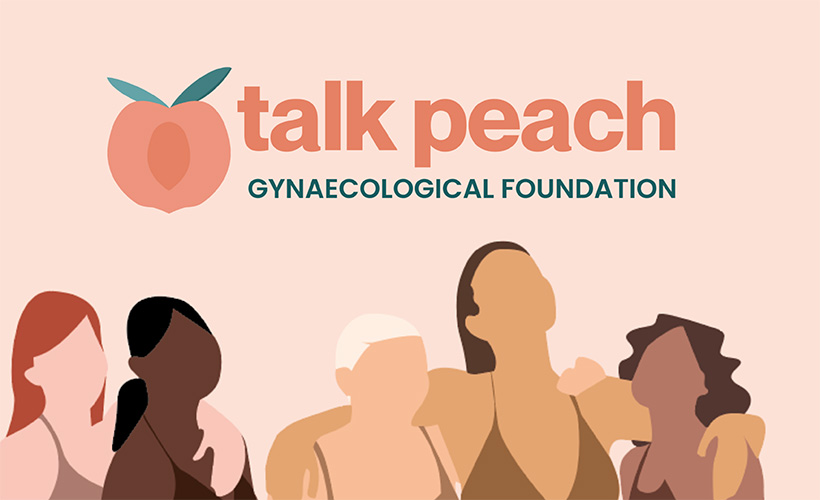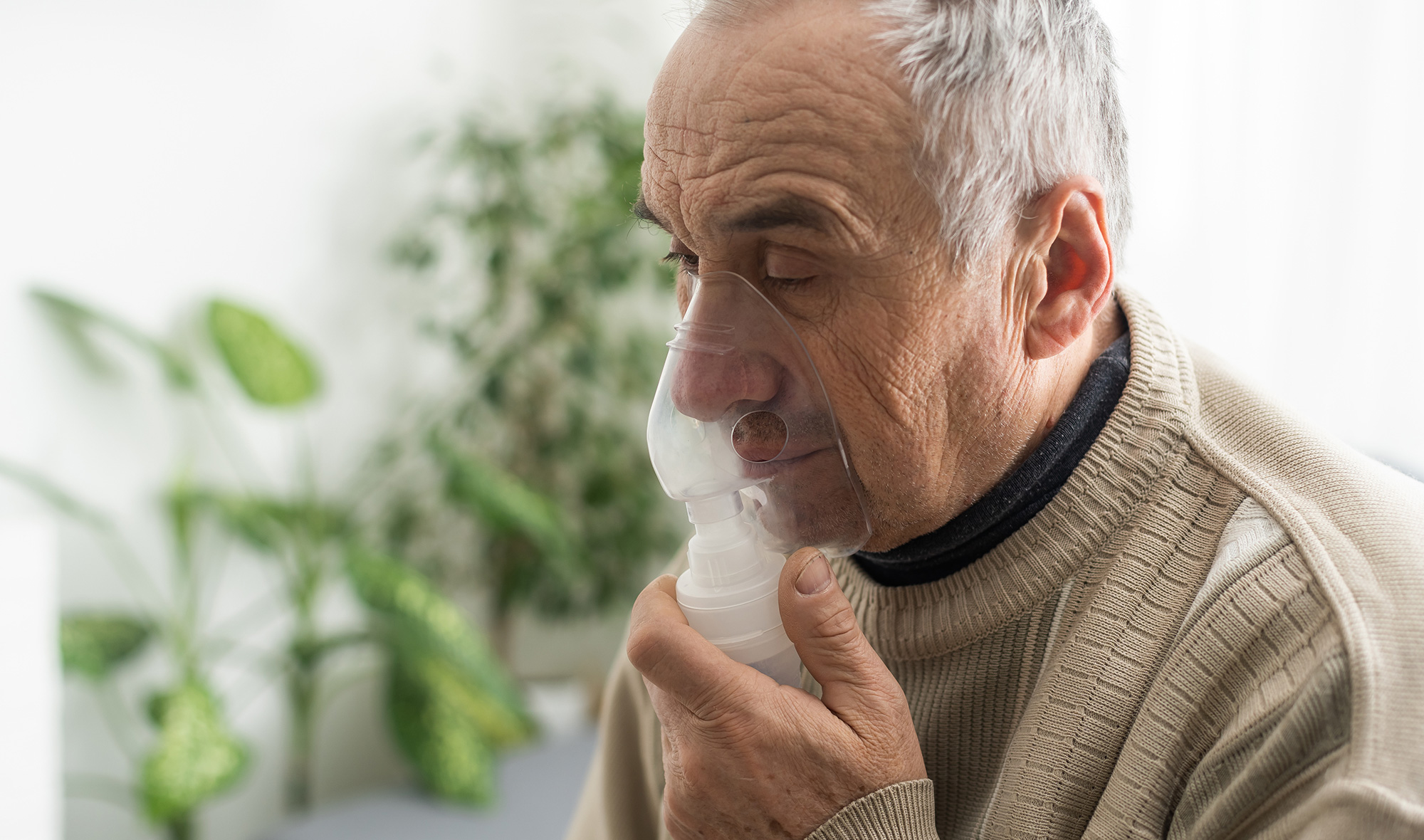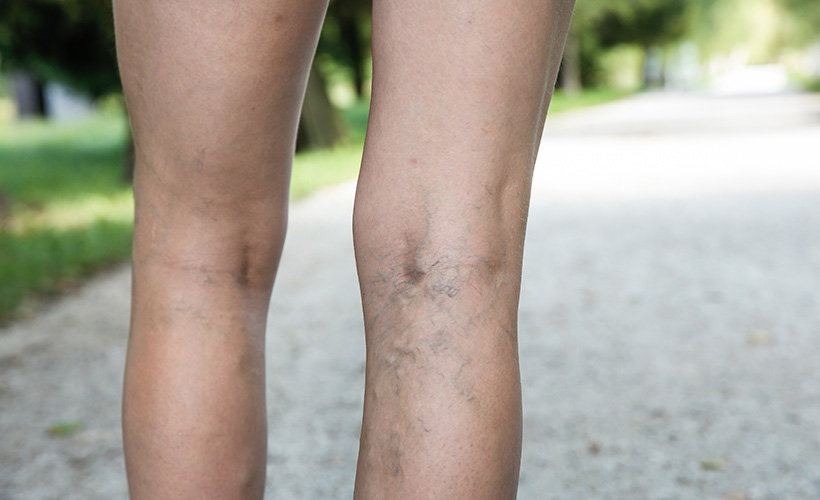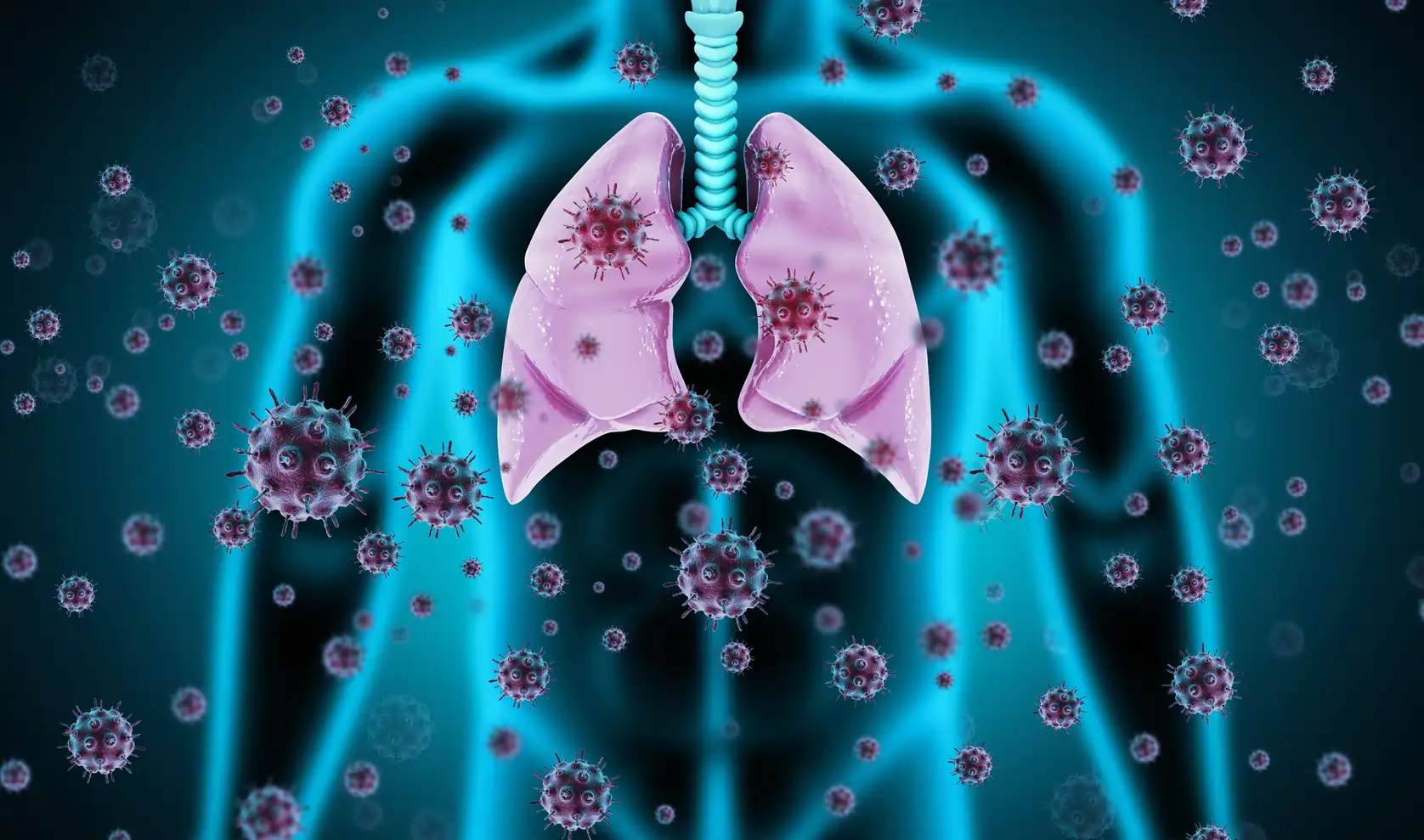What is endometriosis?
Endometriosis is a condition whereby endometrial cells, which normally line the surface of the uterus or womb (endometrium), are found outside the uterus. This can be on the lining of the abdomen (peritoneum), behind or on the uterus or behind or on the ovaries. Rarely the cells migrate to other parts of the body including the bowel. The endometrium responds to the female hormones, oestrogen and progesterone, preparing for a possible pregnancy each month by thickening and increasing the blood supply. If an egg is not fertilised, the endometrium is shed during normal menstrual bleeding. Groups of rogue endometrial cells can cause considerable pain and heavy menstrual bleeding.
What causes endometriosis?
The origin of the misplaced endometrial cells is not really known but there may be a genetic predisposition for endometriosis, as endometriosis does seem to run in families. Recent studies suggest that immunological and environmental factors may also be involved in this condition.
What are the symptoms?
Sometimes there are no symptoms and endometriosis is discovered accidentally during investigations for other problems like infertility. However, for many sufferers symptoms include:
- Severe pelvic pain including period pain
- Abdominal, rectal or back pain not associated with the menstrual cycle, which can be triggered by intercourse, urination or bowel movement
- Heavy menstrual bleeding
- Infertility
- Blood in stools.
Complications
When patches of endometriosis cells bleed, the blood gets trapped internally and can cause inflammation in surrounding tissues, which in turn can cause tissues and organs to stick together, called adhesions. This is a major cause of pain and can also cause scarring or blocked fallopian tubes; a major cause of infertility. Other serious complications include cysts, particularly on the ovaries.
Prevention and treatment
Because endometriosis has such debilitating effects on so many women, there are active research programmes and clinical trials going on right now to try to make it easier to identify and improve treatment.
- How do you know if you have endometriosis?
Symptoms of endometriosis are often similar to normal menstrual problems in mild cases and infertility investigations can show the presence of endometriosis for the first time. If you have severe pain or bleeding during your menstrual cycle and unexplained pain in the pelvis, when going to the toilet or with intercourse, visit your medical practitioner. Be prepared by noting when you get pain, where, and for how long. Tests done will include ultrasound and sometimes MRI investigations.
- Referral to a specialist for diagnosis
Diagnosis is not an easy task and endometriosis may be mistaken for other conditions, particularly if the bowel is involved. You will be asked about your menstrual history and symptoms, and have a physical examination. If your doctor suspects endometriosis you will be referred to a gynaecologist for a laparoscopy, which is the only way to be sure. This is usually done under general anaesthetic and involves inflating the abdomen with a gas, to make it easier to investigate the abdominal cavity, and inserting a laparoscope (a camera on a probe) through a small incision near the navel. If identified, small patches of endometriosis can be removed during laparoscopy. Vaginal ultrasound is another diagnostic test sometimes used to look for endometrial ovarian cysts.
- Hormone therapy
A medical approach to treatment involves using hormones to suppress ovulation, which in turn prevents the ovaries producing oestrogen and stops growth of endometrial cells. This is not an option if you are trying to conceive. Drugs are taken orally, by injection or by nasal spray and include progestogens, GnRH analogues or danazol.
- Surgery
If the spread of endometriosis is extensive, surgery is the best option to remove as much of the rogue endometriotic tissue, scar tissue and adhesions as possible. This is done in younger women to reduce symptoms and to assist fertility. A few women will continue to have symptoms even after major surgery such as a hysterectomy and removal of the ovaries.
- Manage your condition
- Simple pain relief, using paracetamol or anti-inflammatory drugs, may be enough to help you cope if symptoms are not too severe; but if they get worse, seek help.
- Watch out for recurring symptoms as new patches may develop.
- A chronic condition like this can cause a lot of emotional upheaval and distress, so seek support and counselling when needed.
- Keep yourself fit and healthy; eat a balanced nutritious diet and keep weight within normal levels (this can help reduce bowel pain).
- Try alternative therapies like acupuncture.
- Try dietary supplements: the antioxidant vitamins, C and E, taken together have been found to improve pain caused by endometriosis. Also fish oils (a good source of omega 3 fatty acids) may relieve symptoms in some cases.

















Community